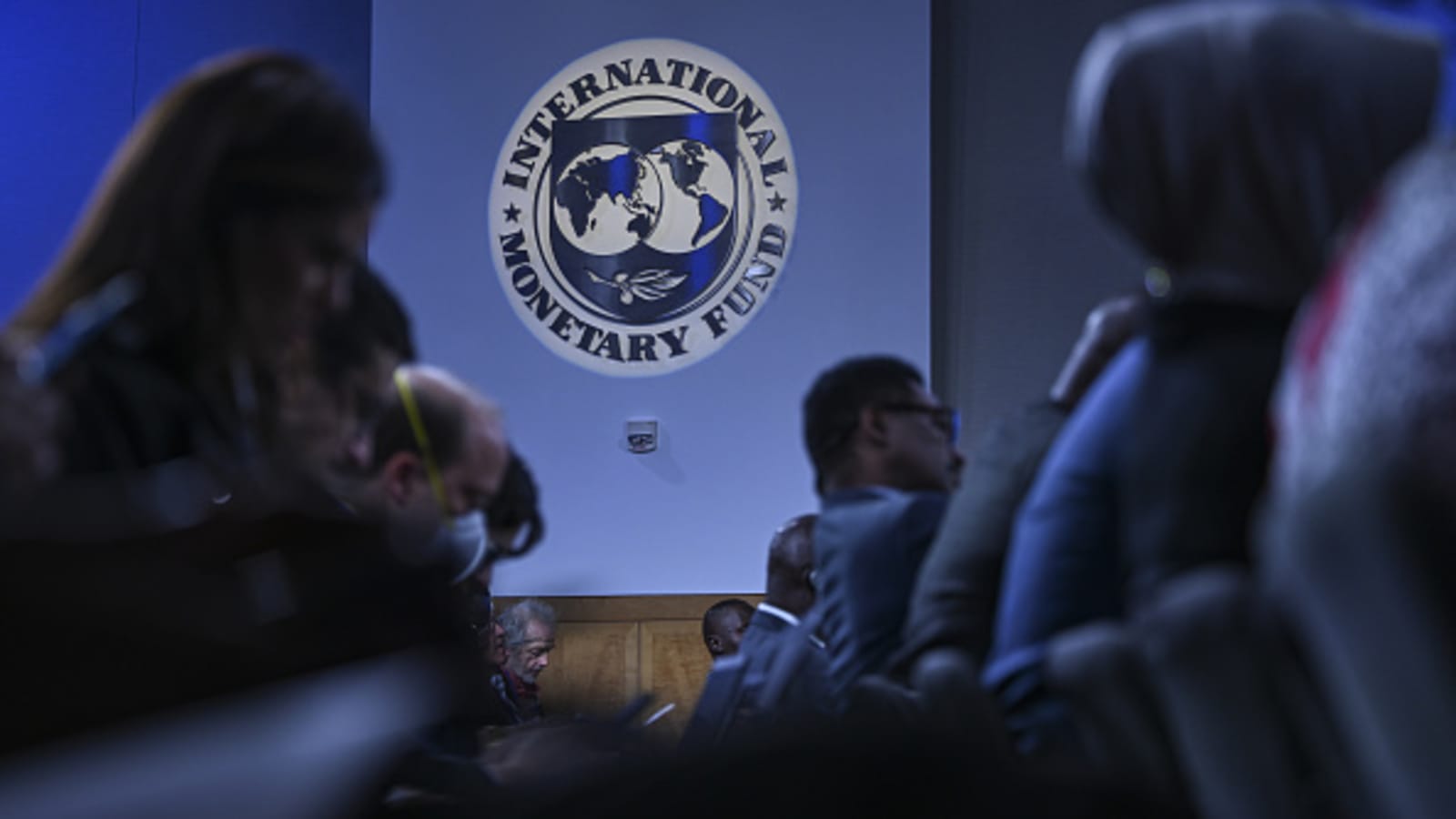
The IMF lowers its 2025 Middle East and North Africa growth estimate to 2.6% due to growing global concerns
The International Monetary Fund stated on Thursday that it now projects the economies of the Middle East and North Africa to expand by a mere 2.6% in 2025 due to the region’s economic uncertainty brought on by a global trade war and declining oil prices.
Its October forecast of 4% growth was sharply downgraded to the new estimate, which comes as the region struggles with oil market volatility, reduced external demand, and geopolitical tensions.
The IMF’s director for the Middle East and Central Asia division, Jihad Azour, told Reuters in an interview that “uncertainty could impact the real economy, consumption, investment… all these elements led to a softening of our projections.”
“The direct impact of the tariff measures is limited because the integration in terms of trade between the region and the U.S. is limited.”
In its most recent Regional Economic Outlook report, which was unveiled in Dubai, the IMF also mentioned a slow recovery in oil production, ongoing regional conflicts, and postponed structural changes, especially in Egypt.
According to the research, “the ongoing conflicts in the MENA region have inflicted profound humanitarian costs and left deep economic scars,” with the region’s oil-importing economies suffering greatly as a result.
The previous estimate of 3.6% real GDP growth for MENA non-oil importers was revised to 3.4% in 2025.
DIVERGING OUTLOOKS
It is anticipated that growth among oil exporters who are not members of the Gulf Cooperation Council will slow by one percentage point in 2025, marking a significant negative revision, before experiencing a minor comeback in 2026.
In contrast, the GCC economies are expected to grow, but more slowly than expected in October, as a result of decreased non-oil activity, a gradual phase-out by the end of 2026, and prolonged OPEC+ voluntary production cuts until April.
“With all these changes and challenges, it’s important also to seek new trade partnerships,” Azour said, referring to the Gulf Cooperation Council (GCC), which is made up of Saudi Arabia, Bahrain, Kuwait, Oman, Qatar, and the United Arab Emirates.
The IMF had predicted a 4.2% GDP growth for the GCC in October, but now expects a 3% growth in 2025.
With significant programs like Saudi Arabia’s Vision 2030 and the UAE’s foray into tourism, logistics, and manufacturing to lessen dependency on hydrocarbons, GCC nations have increased their attempts to diversify their economies.
“Trade diversification, acceleration of structural reforms, and improvement of productivity are all elements that will help the non-oil sector to maintain a strong level of growth,” Azour stated.
All Categories
Recent Posts
Tags
+13162306000
zoneyetu@yahoo.com



